“They’re getting a little bit buzzy, it’s all right girls…”
Ann Chilcott is ever-so-slowly drawing out a frame from one of her beehives and it is crawling with hundreds of honey bees.
The squirming mass does not fly out at us as expected, but it is running around rather fast on the frame, a sign they it is getting anxious.
Soft wafts of smoke from her metal bee smoker serves as a tool to calm them, though Ann notes this hive is usually very gentle.
Ann, who is chairwoman of the 72-member Nairn and District Beekeeper’s Association, explains that each hive has its own personality, and some can be more defensive than others.
With a childhood growing up on a farm, as well as two decades of beekeeping experience, she’s well-equipped to deal with her miniature livestock.
And her years of working an intense career as a neonatal nurse have also granted Ann a remarkable aptitude for care and patience.
With the wellbeing of species like bees growing increasingly important in the context of Scotland’s biodiversity, we joined Ann on a buzz-y day caring for her pollinating pals.
Community apiary ‘dream’ on cards
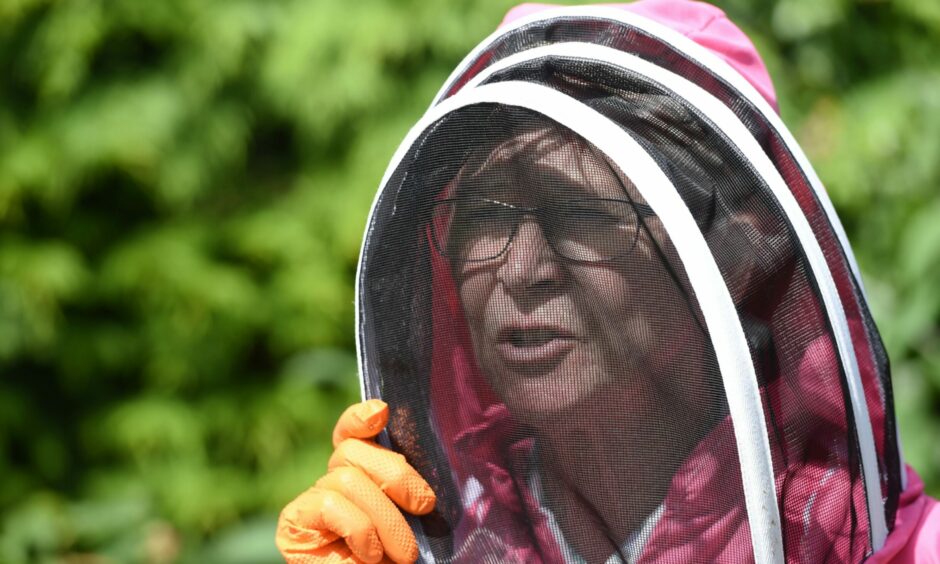
As well as leading her local beekeeper’s association, Ann’s life is a hive of activity — she pens a beekeeping blog with subscribers in 116 countries, and has written articles for beekeeping journals.
She also works hard to mentor up-and-coming beekeepers in the complicated hobby.
It is early days but Ann hopes the Nairn and District association can set up its own training apiary and classroom, and members are applying for grant funding.
They want to involve school children and the wider community, and there are hopes that this might lead to beekeeping landing on local schools’ curriculums, like other models elsewhere.
Time for a beekeeping demo
But today, Ann is kindly giving the P&J a taster beekeeping session.
Veils, suits, and gloves have been donned, and we have been fully-briefed on apiary safety and bee behaviour.
Ann says the main thing to remember is any bees that come near us are just exploring, and swatting them away will only threaten them, making them more inclined to sting.
We edge closer to the hive, eyes widening as we scrutinise the noisy rabble in search of the queen.
Honey bees make decisions – democratically
“Can you see her?”
Ann’s orange latex-gloved index finger hovers over the plumpest bee of the bunch.
She tells us this queen bee is very special, but contrary to popular thinking, no one bee is the leader.
“Honey bees are described as a superorganism with a collective intelligence.
“It is one big co-operation which works for the benefit of the entire colony, its only aim is to ensure the survival of its species.”
Say hello to the egg-laying queen machine
“Look at her,” says Ann, picking her up by the wings and transferring her to her left index finger to trap her legs securely.
“Her abdomen is full of egg-laying equipment — she has around 150 ovaries, or ovarioles — which can produce up to some 3,000 eggs every day.
“That’s a fiendish amount — so you must never touch a queen on her abdomen.”
This egg-laying machine will mate with between 10 and 17 different bees in her lifetime — mother nature’s way of improving genetic diversity.
Her eggs, much thinner than grains of rice, have been laid on the waxed frame, and each one could technically either emerge as either a female worker, or queen bee, or a larger male bee called a drone.
Ann explains that the worker bees, if they want to make a queen, simply feed the larva royal jelly, which is a specialised protein with lots of incredible ingredients.
In contrast, a worker bee larva gets “hard-rations after three days” when it is weaned off the royal jelly and moved on to less-rich secretions.
Getting to grips with the queen
Now that she has been located, Ann will seize her chance to mark the queen with a dot from a yellow-tipped water-based marker.
This makes her easy to identify:
With a clean of her tools we move to the next hive to check on “the boys”.
“Ah here they are, look at them, the big fluffy drones,” says Ann.
These males have only one job — to mate with the queen — but it carries the ultimate price, for they drop dead once their duty is done.
Ann explains the process so well we decided to capture the lecture, so here’s the birds and the bees when it comes to bees:
A window into the workplace
Another highlight of our visit is a look at Ann’s observation hive, which has a glass window so you can see inside.
A gift from Cornell University animal behaviour and neurobiology professor and author Thomas Seeley, this contraption was brought to Ann in pieces in his suitcase.
Through this glass case, which the bees have access to through a hole in Ann’s shed, we can see the bees at work.
“The thing I am really passionate about is showing children the magic of bees because it teaches them that if we look after bees and other pollinators, they look after us,” says Ann.
The glass observation hive means she can have local Girl Guide, Scout, and Brownie groups round to watch the bees as they work.
But it’s not all just about honey bees…
Ann, of Piperhill, near Nairn, says many pollinating species — not just honey bees — need our support.
“Actually,” she says, “there are close to 87 apiaries within a 10-mile radius from me, so there are lots of honey bees, and globally they have increased.
“The problem that we have, as pointed out by Professor Jane Memmott at Bristol University, is there is a huge swathe of native biodiversity – around 270 species of solitary bee and 25 species of bumblebee – that really need our help.
“And that’s why I do it – partly it’s the famer at heart coming out in me, but it also because it heightens your awareness to your surroundings and to the importance of creating a chemical-free garden environment with the right flowers, trees and shrubs for all of these crucial pollinators.”
“It’s not to make a profit because I don’t, but the honey is absolutely wonderful and I enjoy supplying my regular customers in the neighbourhood.”
‘The pleasure of beekeeping is paying it forward’
As a mentor currently with four beekeepers under her wing, Ann can receive multiple calls and emails a week, locally and from beekeepers throughout Scotland, and the UK.
Having almost starved her first colony when she started out in 2004, Ann believes a bee mentor is something no inexperienced beekeeper should be without, for the good of the species.
Explaining why she provides this free service, Ann said: “I’ve never forgotten a government beekeeping inspector telling me that beekeeping kills more bees in Scotland than disease and I believe that is true and it’s one of the reasons I am so spurred on to educate people.
“Bees can be treated appallingly, some people might get into it thinking its trendy and sexy but they maybe don’t have enough experience which is why it is crucial to always have a mentor.”
Honey bees for Ann are just a part of nature that she has grown to love: “I’m pleasing myself but also giving a little bit back as well and paying a little bit forward,” she says.
“That’s really all I am trying to do and the real benefit comes when children’s eyes light up, or when beekeepers that I have mentored do the very same in turn for others.”
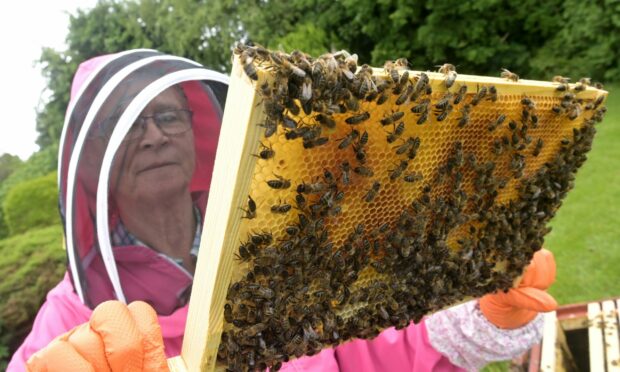
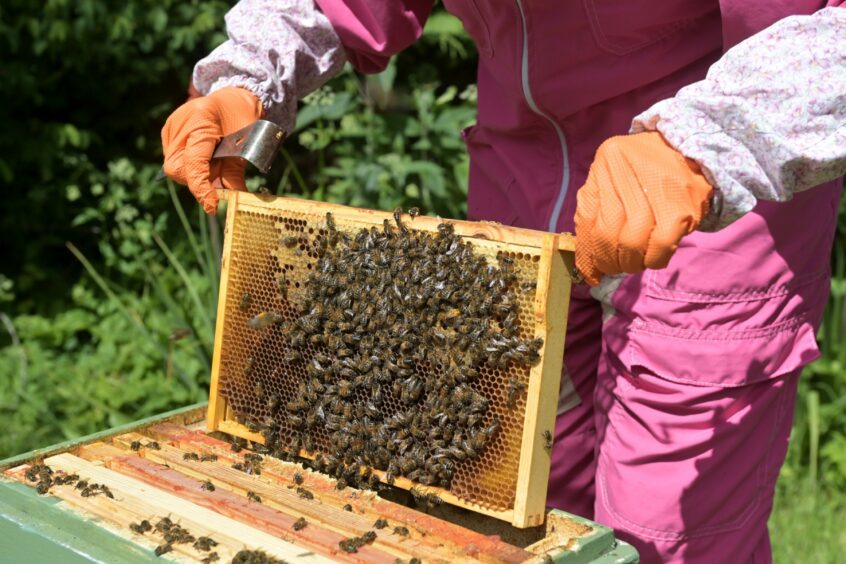
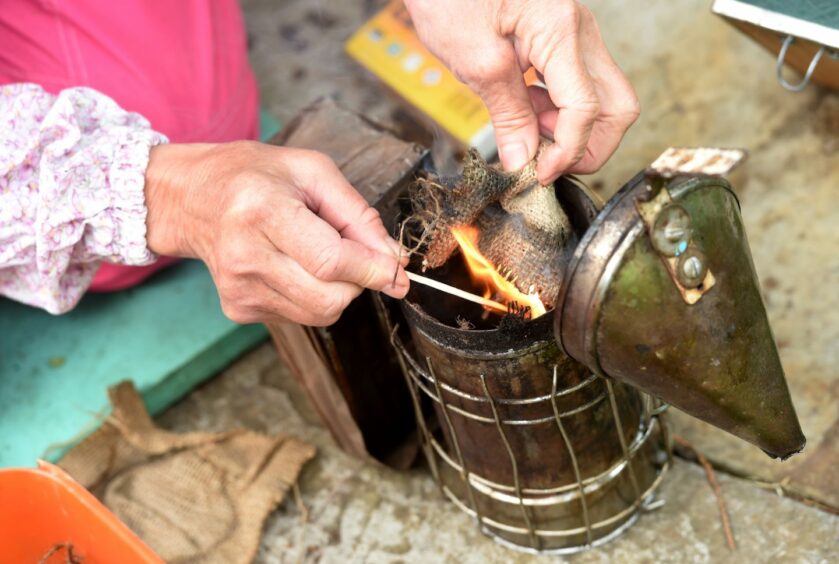
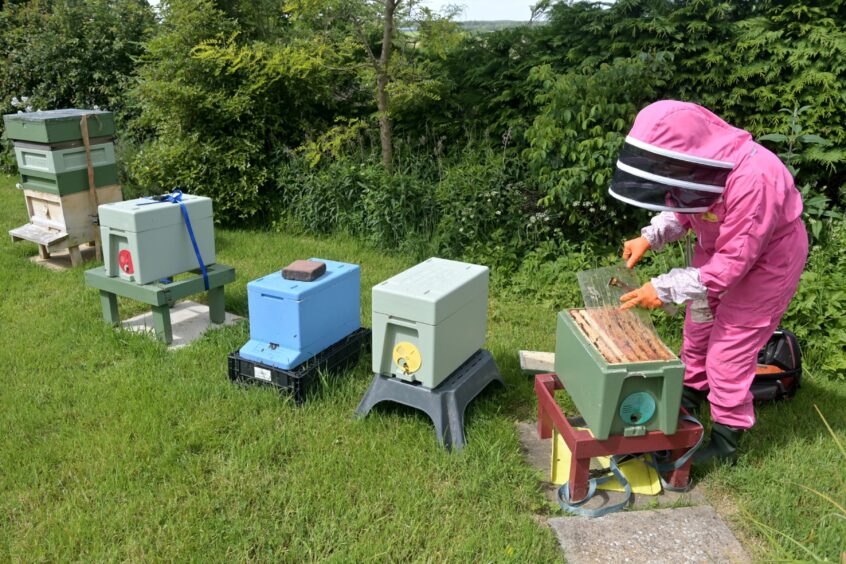
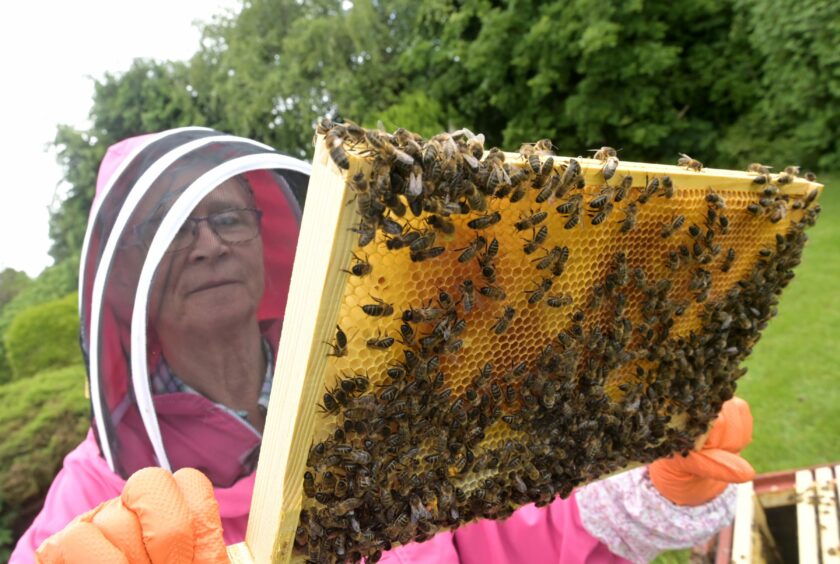
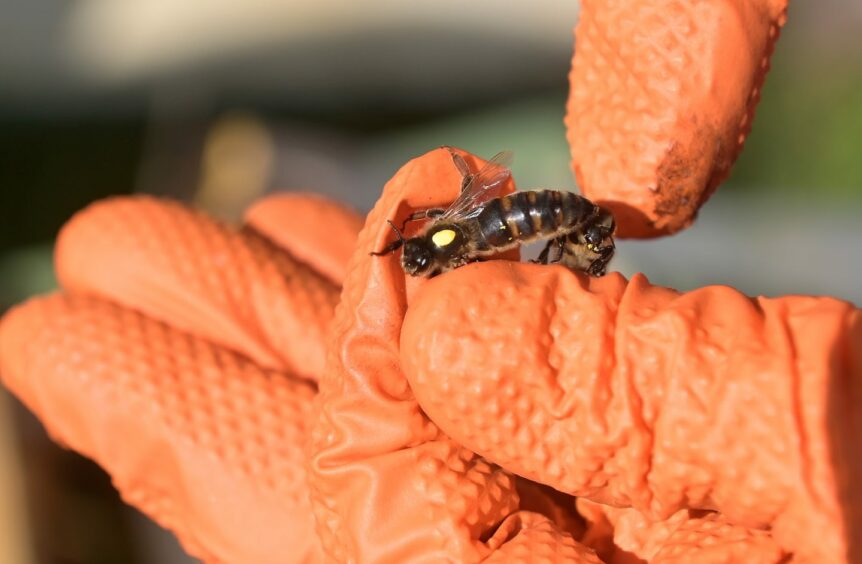
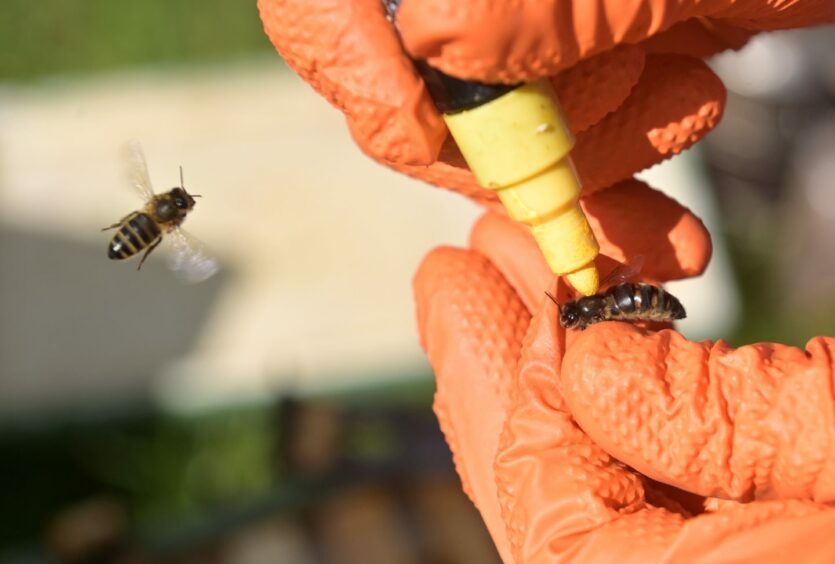
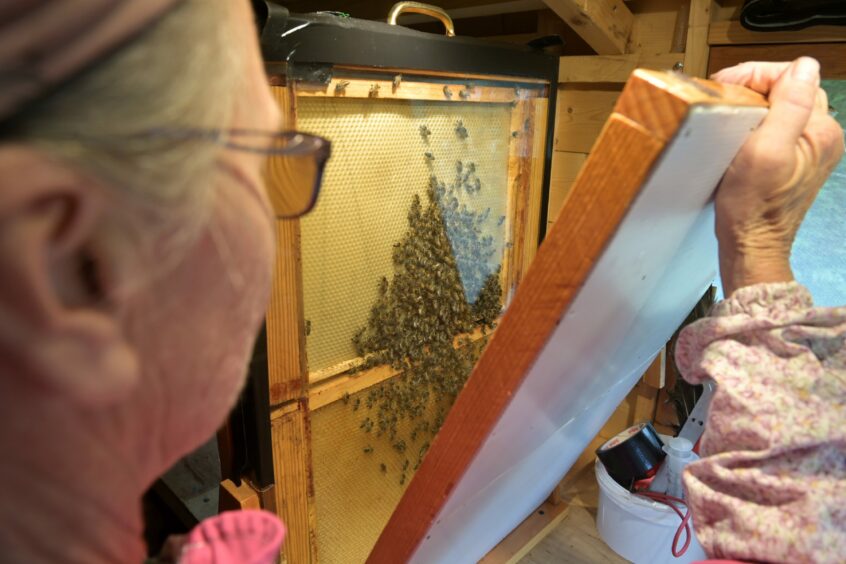
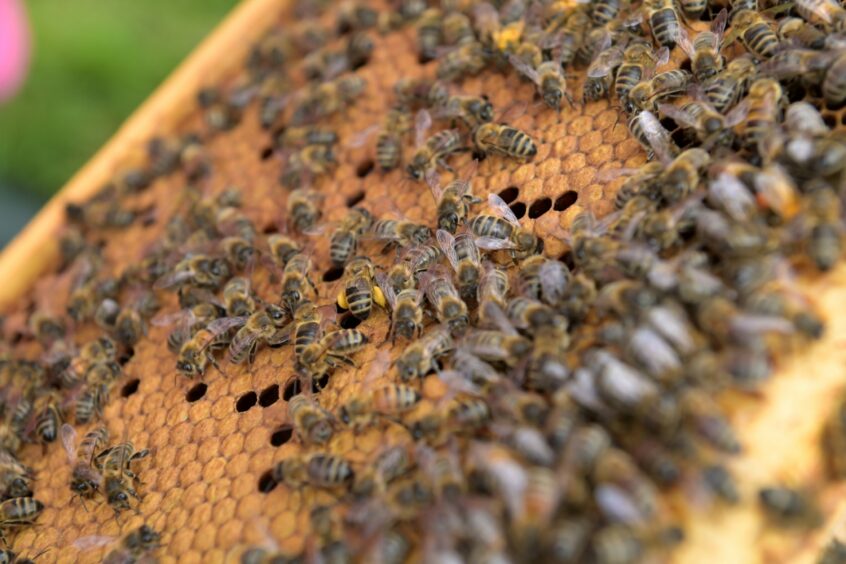
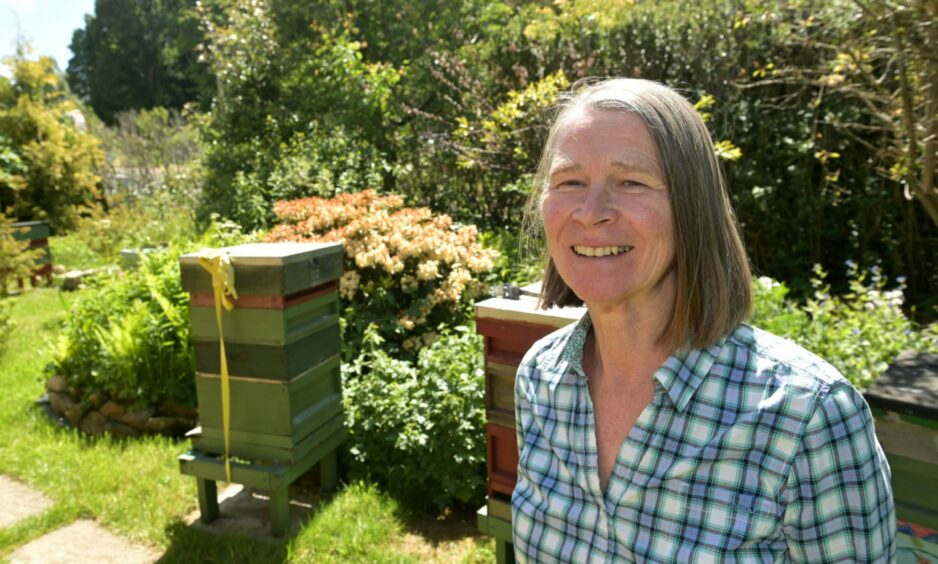
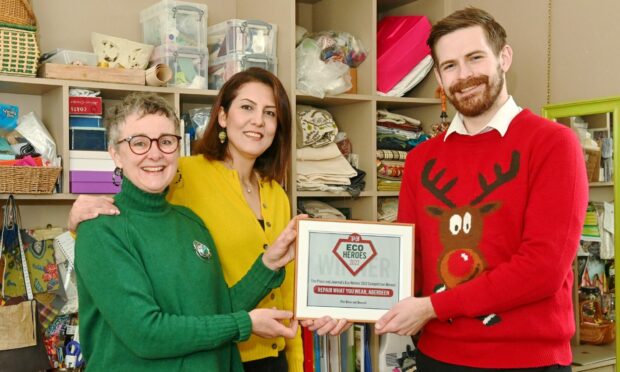
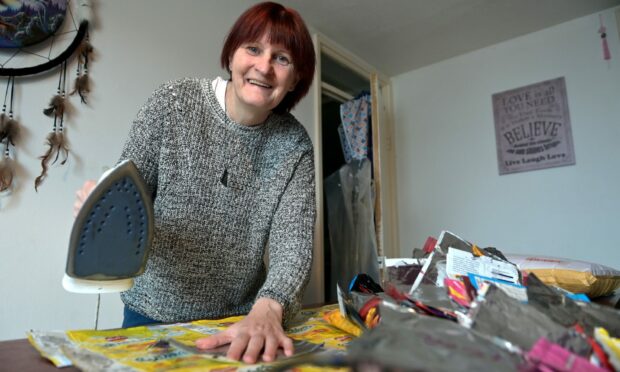
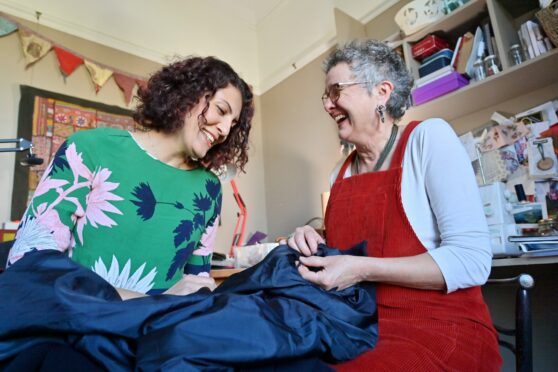
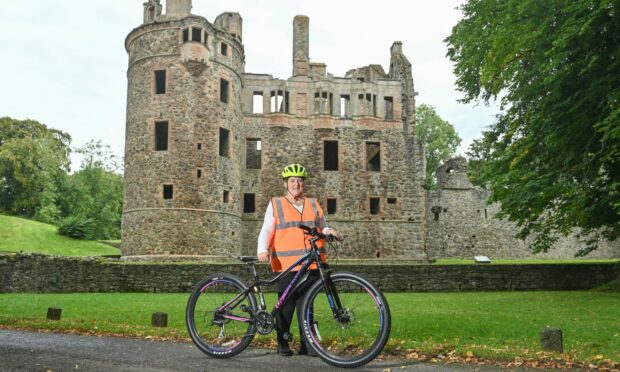
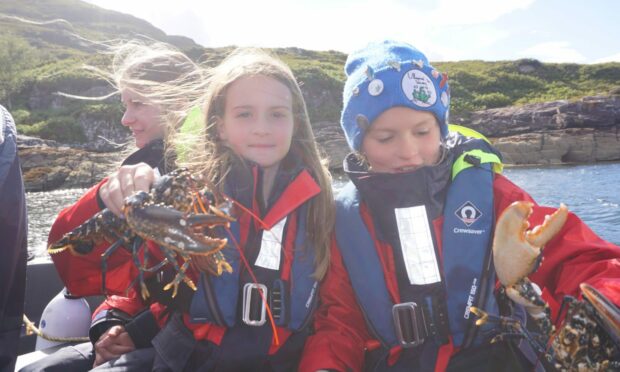
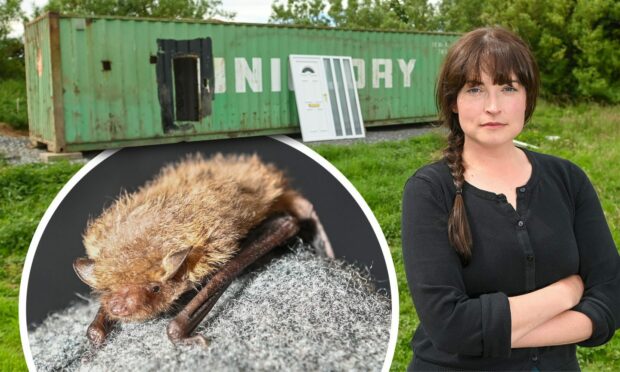
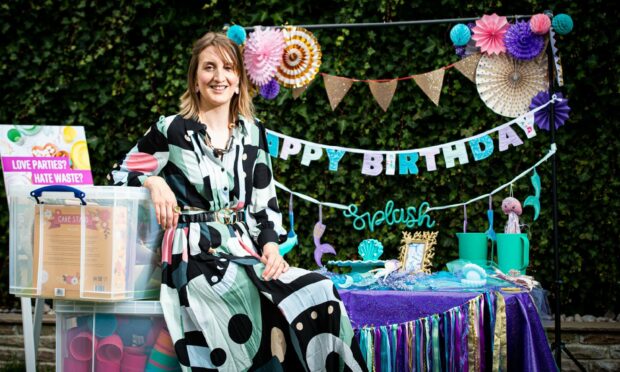
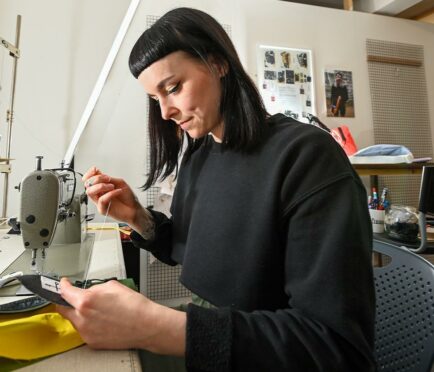
Conversation